incl. VAT plus shipping costs
Ready for shipment in 2 Day(s)
Delivery only innh. Germany and Austria possible.
Switch to the German store
- Item no: 7043
Fast delivery times
All products are in stock with us!14 years of breeding experience
Let our team of experts advise you!High customer satisfaction
from over 3,000 reviews "| Water values: | soft to hard |
| Visual effect: | Especially colorful |
| Temperature: | 25-30 °C |
| Feature: | interesting brood care |
| with fish?: | Yes, with peaceful fish |
| Fish group: | Cichlids |
| Diet: | carnivore - meat eater |
| Aquarium size: | 54 l (approx. 60cm) |
| Breeding: | medium |
| Planting possible?: | Yes |
| Origin: | South America |
| with snails/shells?: | Yes |
| Final size: | 4-8 cm |
| Difficulty: | 1 - Simple |
| Behavior: | Normal |
| with large crabs?: | No |
| with dwarf crabs?: | No |
| with shrimps?: | Socialization not possible |
| Pelvic region: | Center |
| with crabs?: | No |
Here you buy a pair of the blue color form of the already for so long in aquaristics widespread and extremely popular South American butterfly cichlid. With the beautifully formed large fins Microgeophagus ramirezi "electric blue" is a great eye-catcher in the South America aquarium. These handsome and rather high-backed cichlids chew through the bottom for food, which earned them their Latin name that translates to "earth eater".
The "Electric Blue" has fiery red eyes and faint black markings. Otherwise, the body is a shimmering turquoise blue to light blue. The dorsal fin is adorned with a red fringe. Females are as intensely colored as males, but they remained smaller and are slightly less tall. Male blue South American butterfly cichlids grow to a body length of 7 cm, while females grow only to about 5 cm.
In South America, the Butterfly Cichlid lives in waters densely covered with aquatic plants, soft and acidic black water with sandy, relatively fine substrate. In the aquarium you should provide your Microgeophagus ramirezi "electric blue" also a sandy corner or immediately a total sandy substrate or fine gravel as substrate to chew through. The aquarium can be densely planted in the background and on the sides, so that the fish can hide, and with free swimming space in the center of the aquarium. To keep the more delicate "electric blue" healthy, be sure to add humic substances to the aquarium water, such as NatureHolic's Liquid Humic. Aquatic plants with large leaves and floating plants shade the aquarium somewhat, which the butterfly cichlids like.
Blue South American Butterfly Cichlids tolerate water values from soft to hard, but breeding is only possible in soft, slightly acidic water. A pH of 6-8 is suitable. What the animals absolutely need are humic substances, which should be specifically introduced into the aquarium, because they are missing in tap water. South American butterfly cichlids live in black water in nature and need humic acids for good health. Ideally, the water temperature should be 22 to 30 °C. Microgeophagus ramirezi "electric blue" is very dependent on clean, preferably uncontaminated water, so a good filter should be operated at the aquarium and water should be changed regularly. A pair of South American Butterfly Cichlids "Electric Blue" will fit in a standard aquarium of 60 cm edge length. Harmonizing ramirezi pairs are relatively peaceful in their interactions.
We cannot recommend socialization with shrimp and dwarf crayfish, because small crustaceans are part of the cichlids' food spectrum. However, with small aquarium fish and growth-eating catfishes the keeping works very well. Ideal fit Microgeophagus ramirezi in a South America aquarium. Microgeophagus ramirezi "electric blue" tends to stay in the middle water layers of the aquarium. Microgeophagus ramirezi "electric blue" live about 2-3 years in the aquarium.
Blue South American Butterfly Cichlids can also be bred very well in soft water with humic substances . The water temperature should ideally be raised to between 27 and 29 °C. The fish should be well supplied with live food beforehand. The fish are fed well with live food and high quality frozen food to keep them in good condition. Only one pair is kept in the breeding aquarium. The females lay their eggs in a shallow sand pit or on flat stones: Microgeophagus ramirezi "electric blue" are open breeders. The parent fish take care of the brood care together. Stress should be avoided at all costs so that the cichlids do not simply eat their clutch.
If you want to grow several breeding pairs, it is a good idea to divide a long aquarium with glass panes so that the breeding pairs can see each other. This enhances their breeding behavior and supports productivity. The fry swim in the shoal after a few days. Then the parents are caught out and the baby fish are fed with Artemia euplii, cyclops, Microworms and similar small live food.
Adult Blue South American Butterfly Cichlids chew through the sand to find their food. They love worms like tubifex or shiner worms, but also other Live food and high quality Frozen food are also suitable for these carnivores. The NatureHolic Cichfeed was developed especially for their needs and can also be fed very well.
Our food recommendation: NatureHolic Cichfeed is a great staple food for all carnivorous cichlids in the aquarium, which perfectly meets their requirements for food composition. The tasty pearls are also very well eaten by larger cichlids. Thanks to their soft texture, NatureHolic Cichfeed food pearls are gentle on the mouth and can be eaten very well by the fish.
Our plant recommendation: Use for the planting NatureHolic InVitros. These are free of snails, planarians and other unwanted co-inhabitants. Also free of algae spores, bacteria and fungi.
Expert Tip: We recommend for fish keeping the NatureHolic 3 Phase Liquid. The care set offers the best all-round protection for your animals. It ensures optimal conditions for successful breeding and keeping.
| Scientific name | Microgeophagus ramirezi "electric blue" |
| German Name: | Blue South American butterfly cichlid |
| Difficulty level: | for beginners |
| Origin/Distribution: | South America, breeding form |
| Coloration: | Iris red, faint black markings, body shimmering turquoise blue to light blue. Dorsal fin with red fringe. Females are as intensely colored as males |
| Age expectancy | approx. 2-3 years |
| Water parameters: | GH 2 to 20, KH 0 to 12, pH 6.5 to 7, temperature 22 to 30 °C |
| Tank size: | from 60 cm for one pair |
| Food | Carnivorous, needs animal food: frozen and live food, and special food for carnivorous cichlids |
| Breeding | medium |
| Behavior | very peaceful when pairs are in harmony |
| Group size | yes depending on aquarium size one pair or several pairs, with good structure |
| Further information | Ten typical aquarium fish for beginners and alternatives to them, Tips for acclimating fish to the aquarium, Feeding aquarium fish properly - cheap food and what it can do |
- Item no: 7043
- EAN No.: 7427061494778
die Sendung der Fische gi...
die Sendung der Fische ging sehr schnell. Sehr gut verpackt, alles wunderbar. Ich kann diese online shop nur empfehlen. sehr gut.
Sehr schnelle Lieferung u...
Sehr schnelle Lieferung und die Tiere waren in einem super Zustand.
Alles OK !!!...
Alles OK !!!
Entdecke die Garnelio Welt!
Garnelio gehört zu den größten Onlineshops für wirbellose Aquarientiere weltweit.
Viele Artikel gibt es exklusiv nur bei uns im Shop.

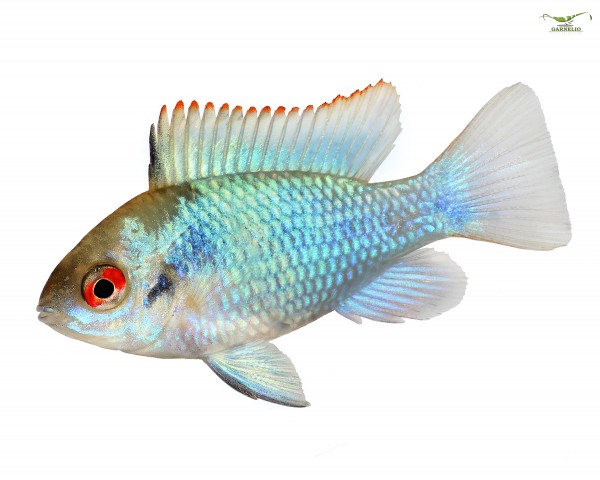
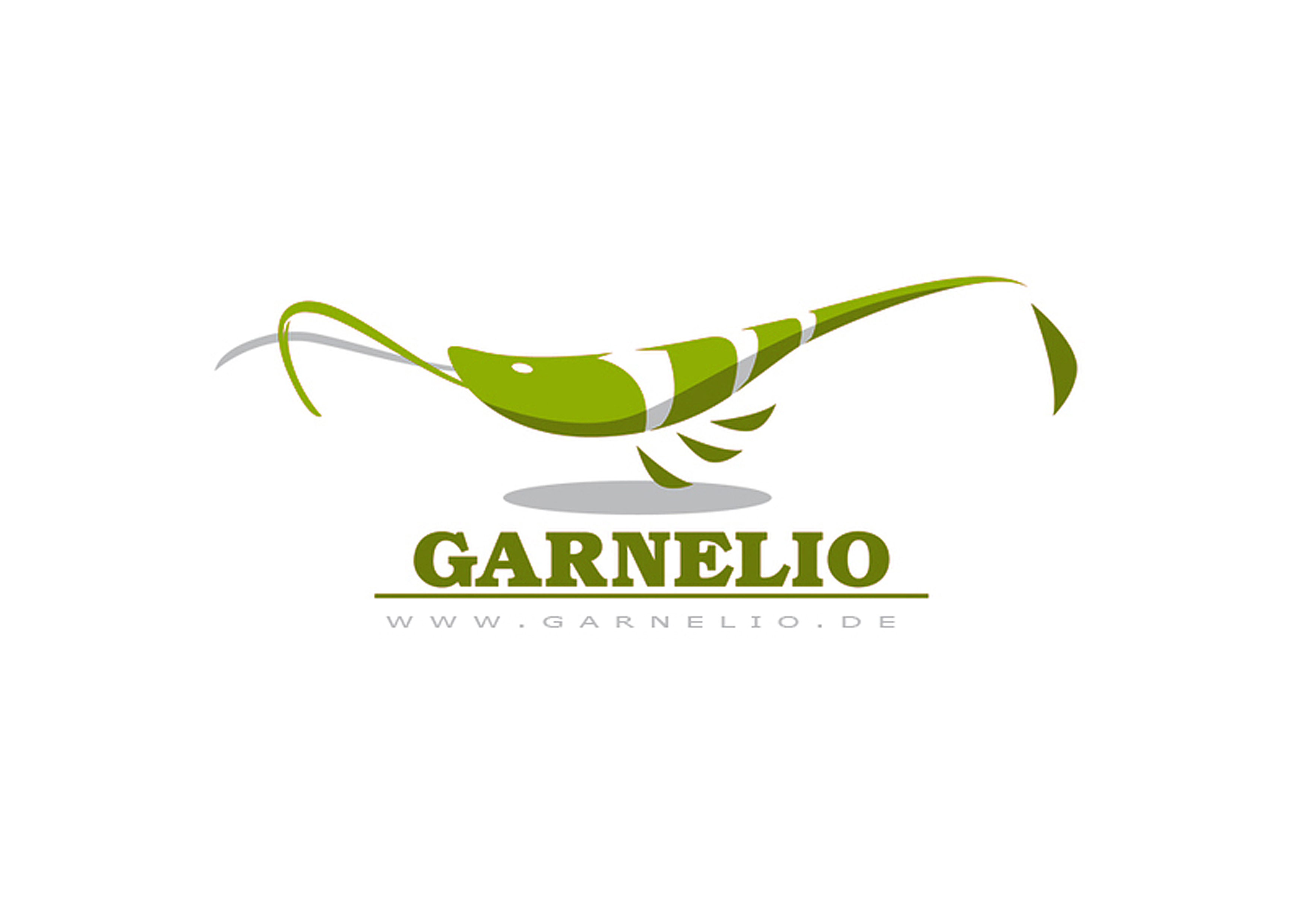
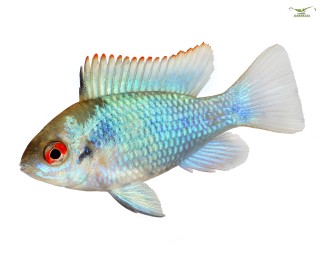
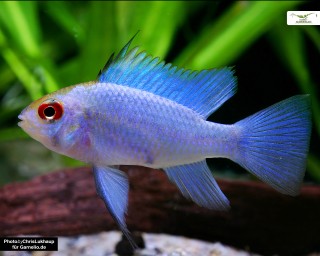
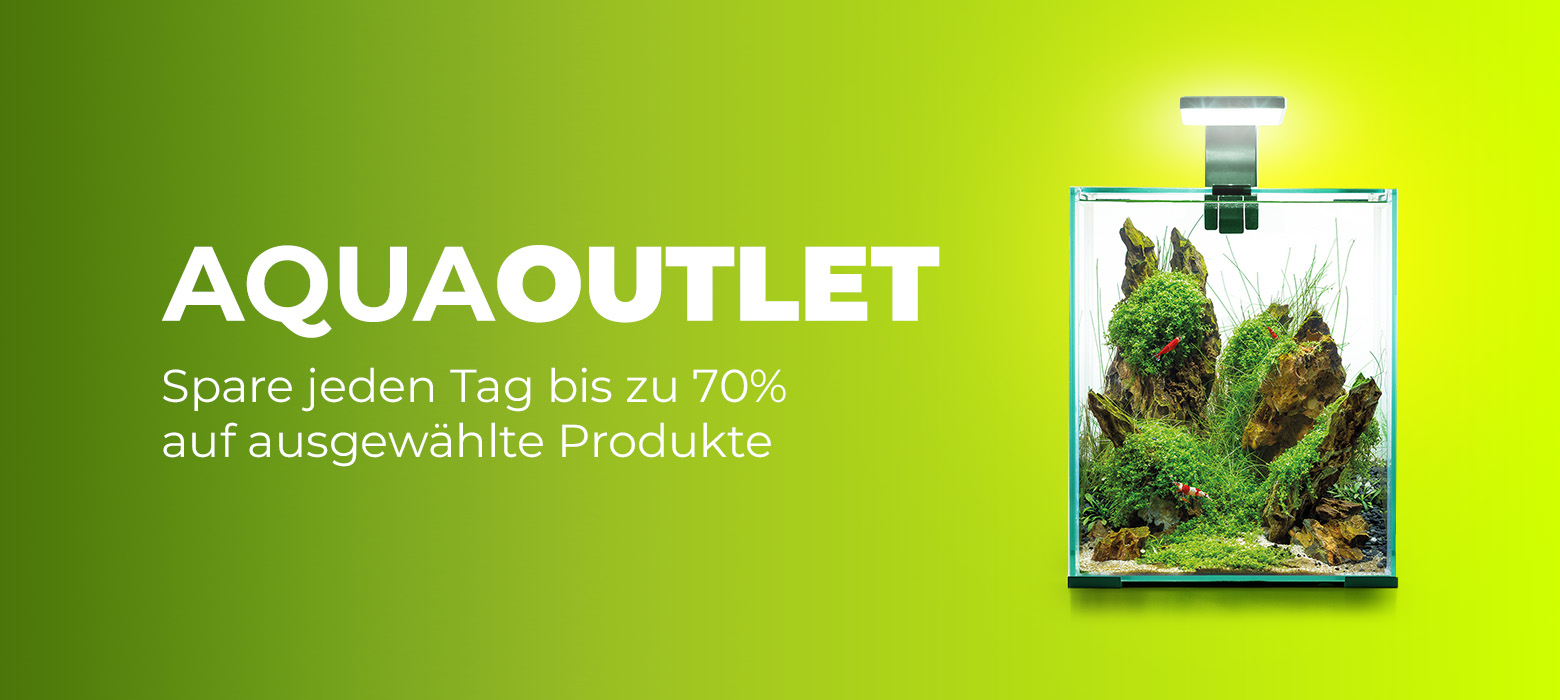
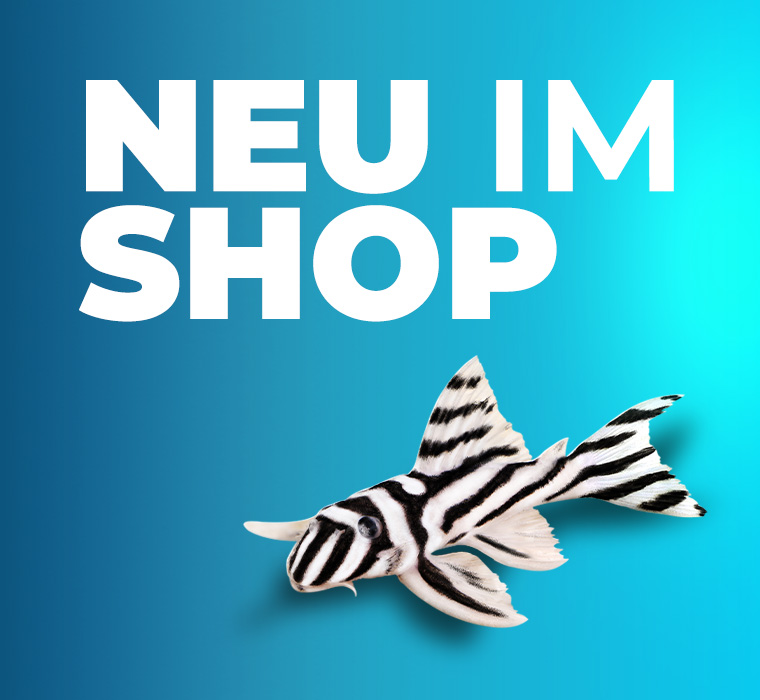
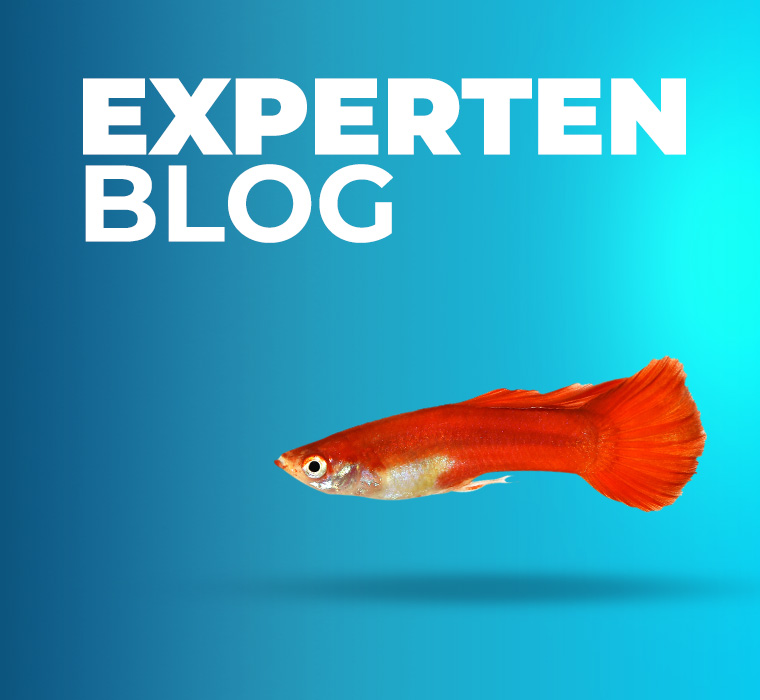
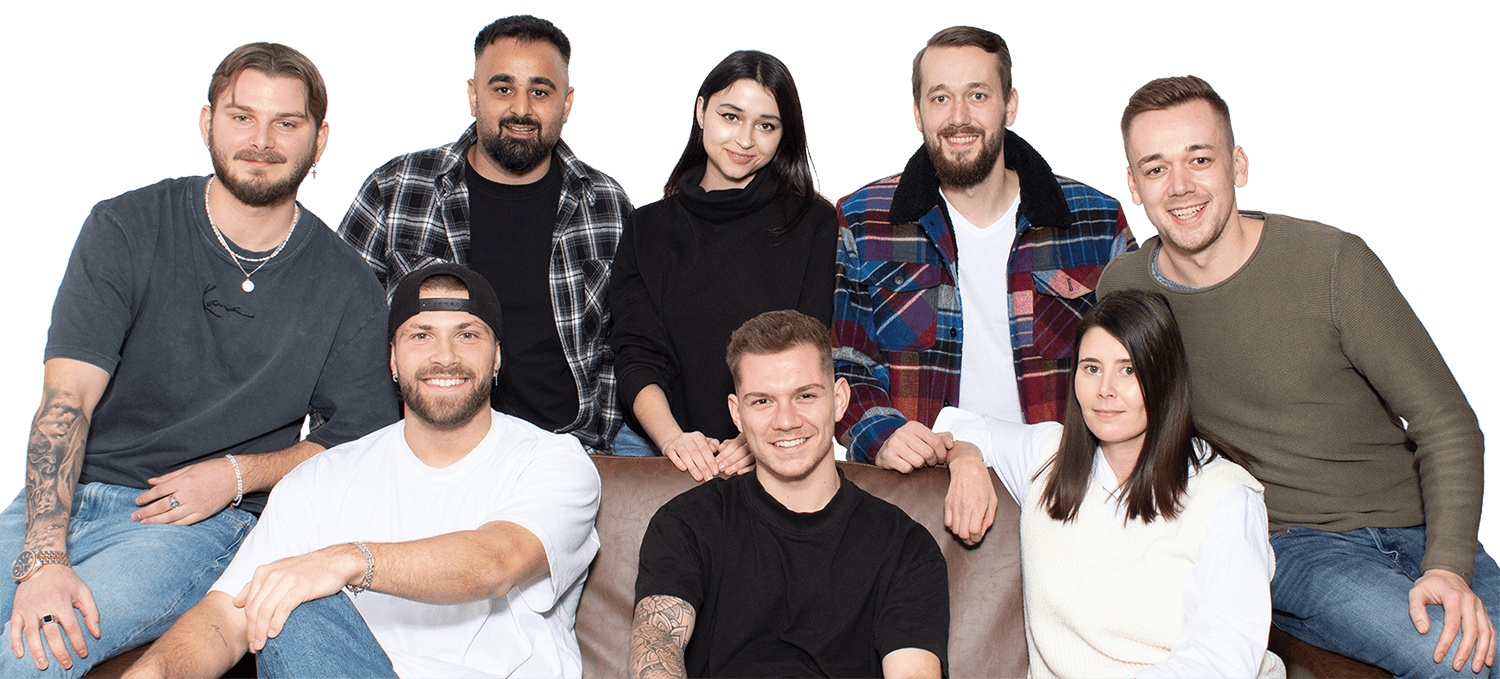
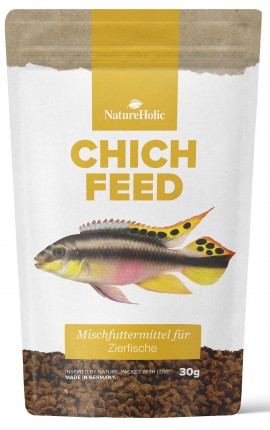
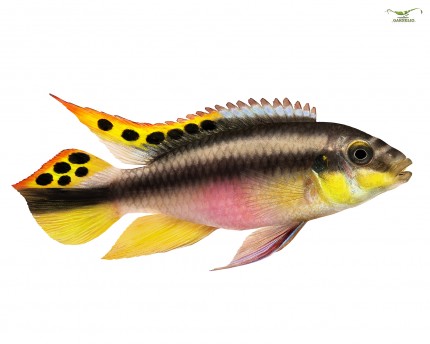
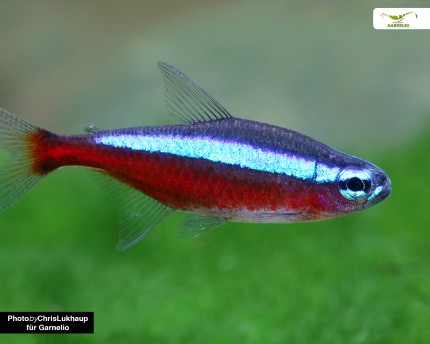
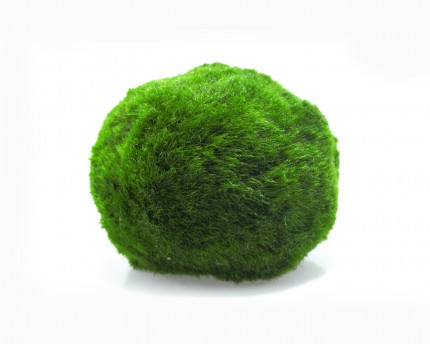
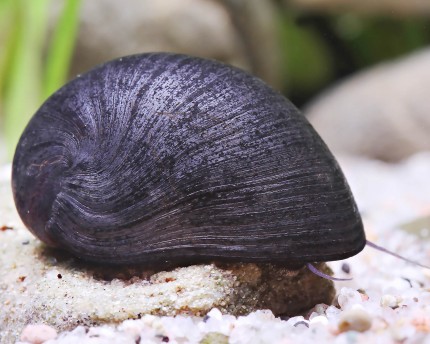
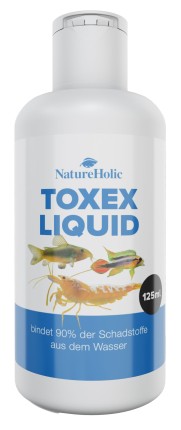
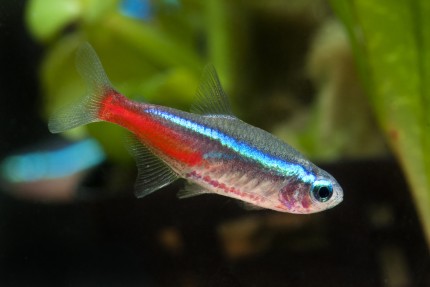
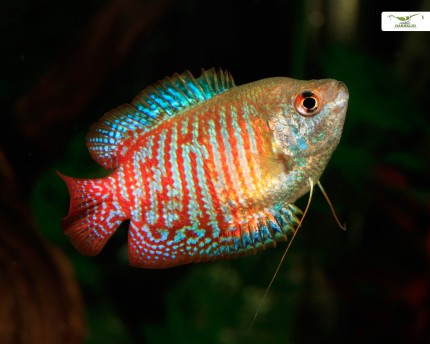
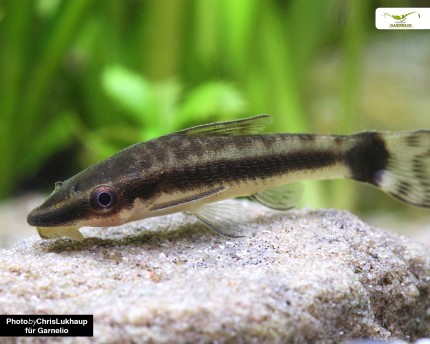
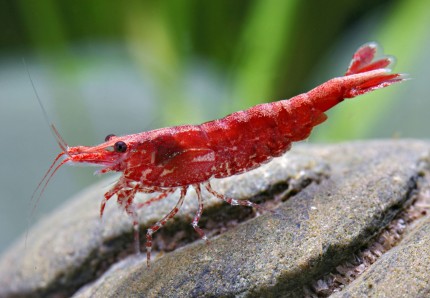
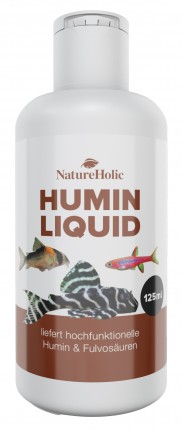
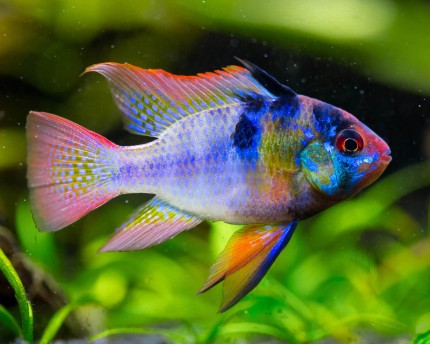
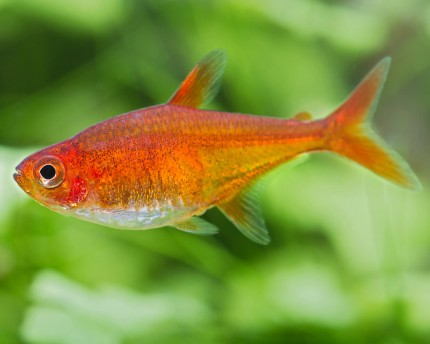
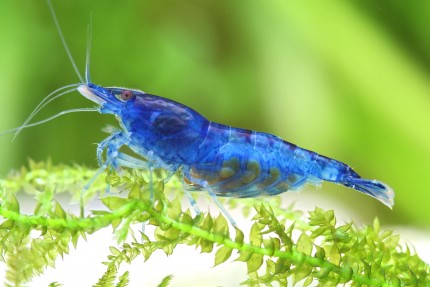
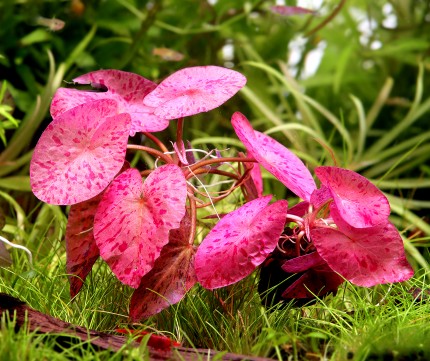
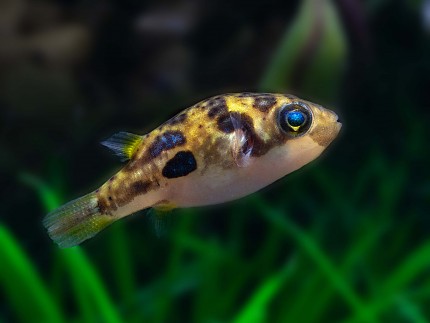
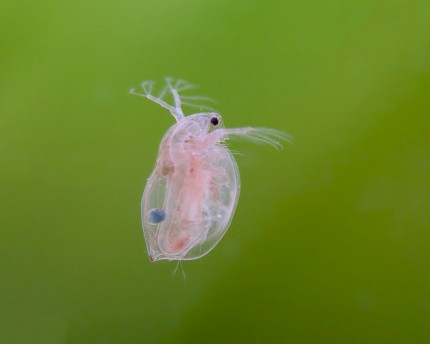
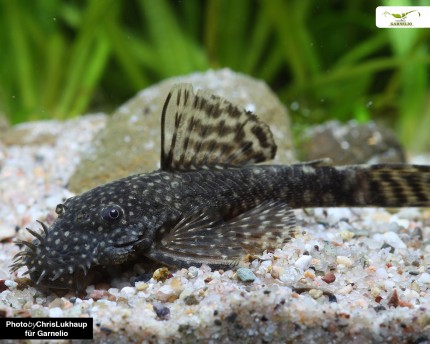
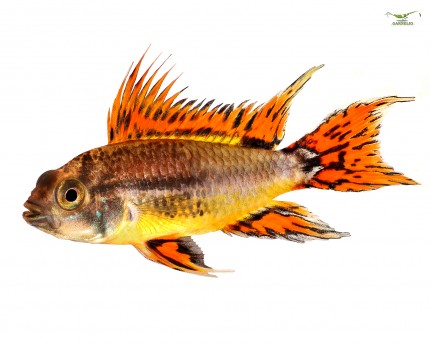
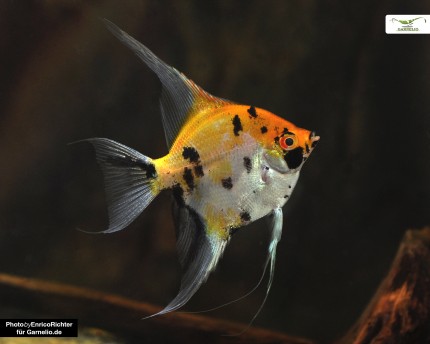
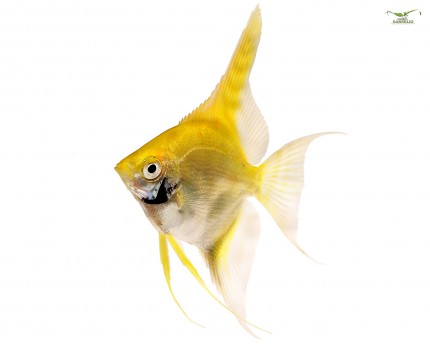
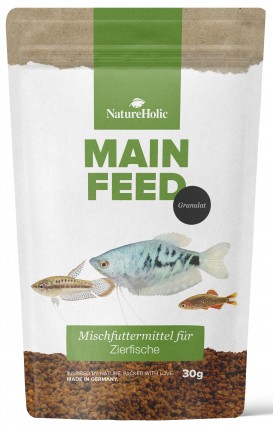
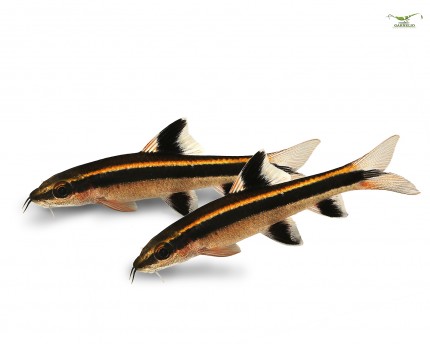
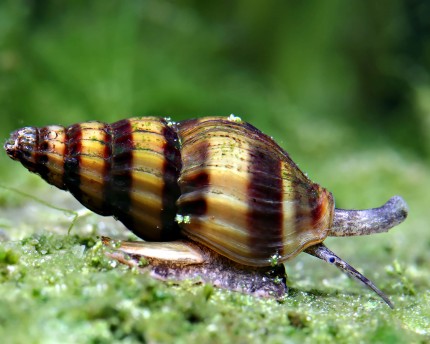
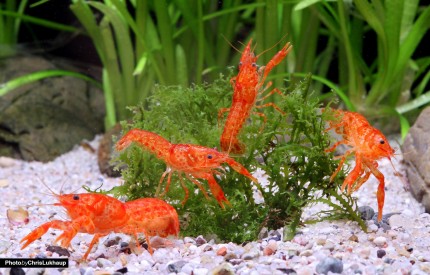
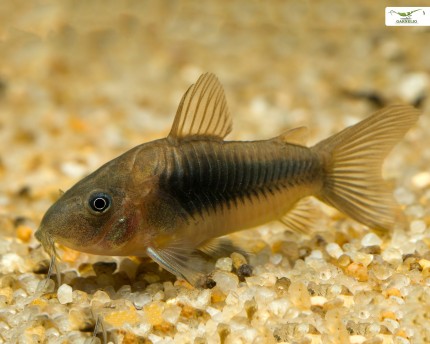
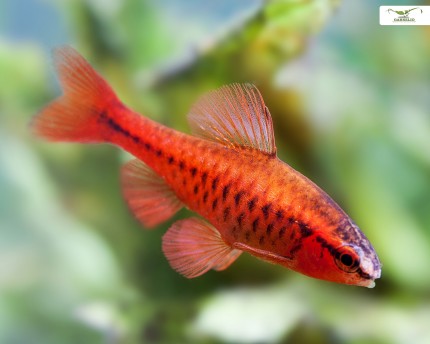
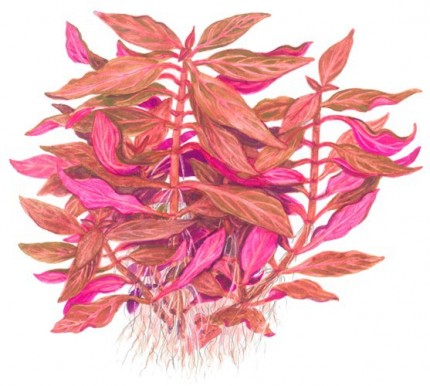

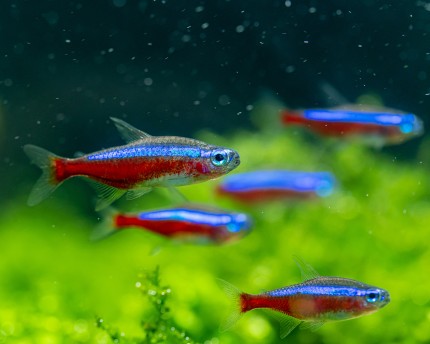
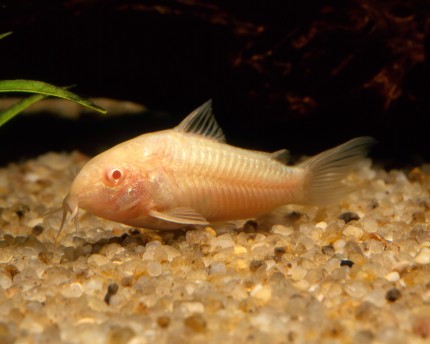
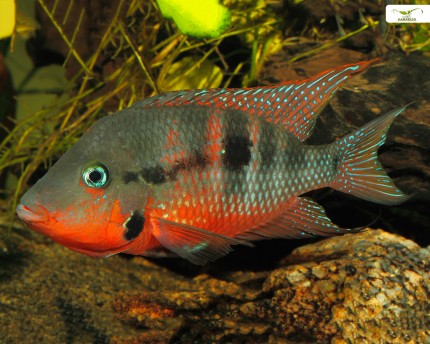
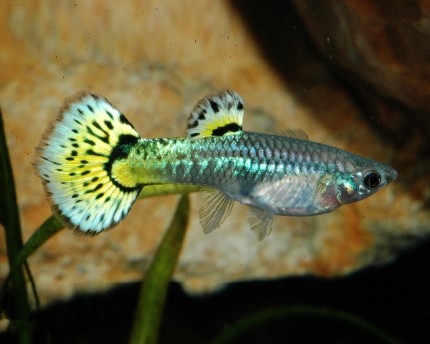
die Sendung der Fische gi...
die Sendung der Fische ging sehr schnell. Sehr gut verpackt, alles wunderbar. Ich kann diese online shop nur empfehlen. sehr gut.
Sehr schnelle Lieferung u...
Sehr schnelle Lieferung und die Tiere waren in einem super Zustand.
Alles OK !!!...
Alles OK !!!